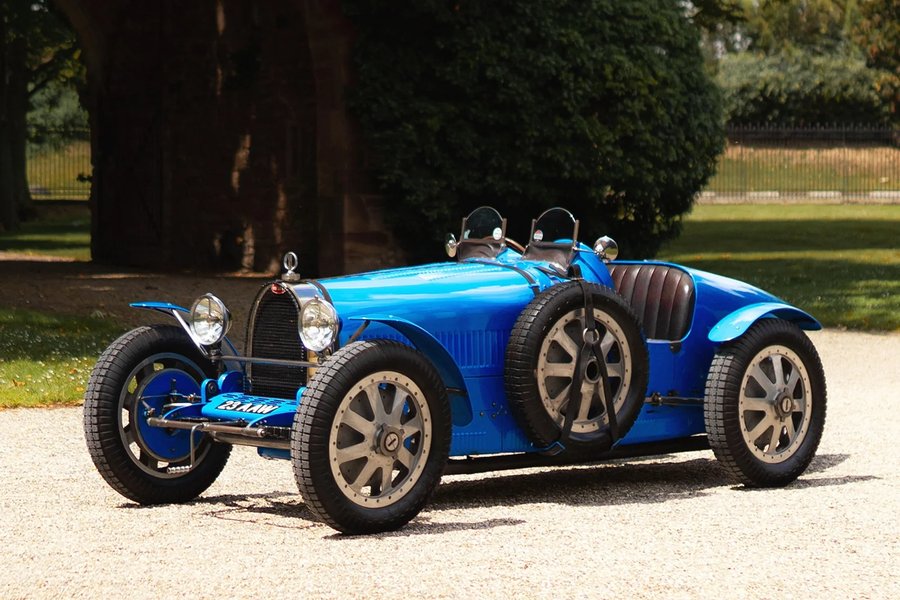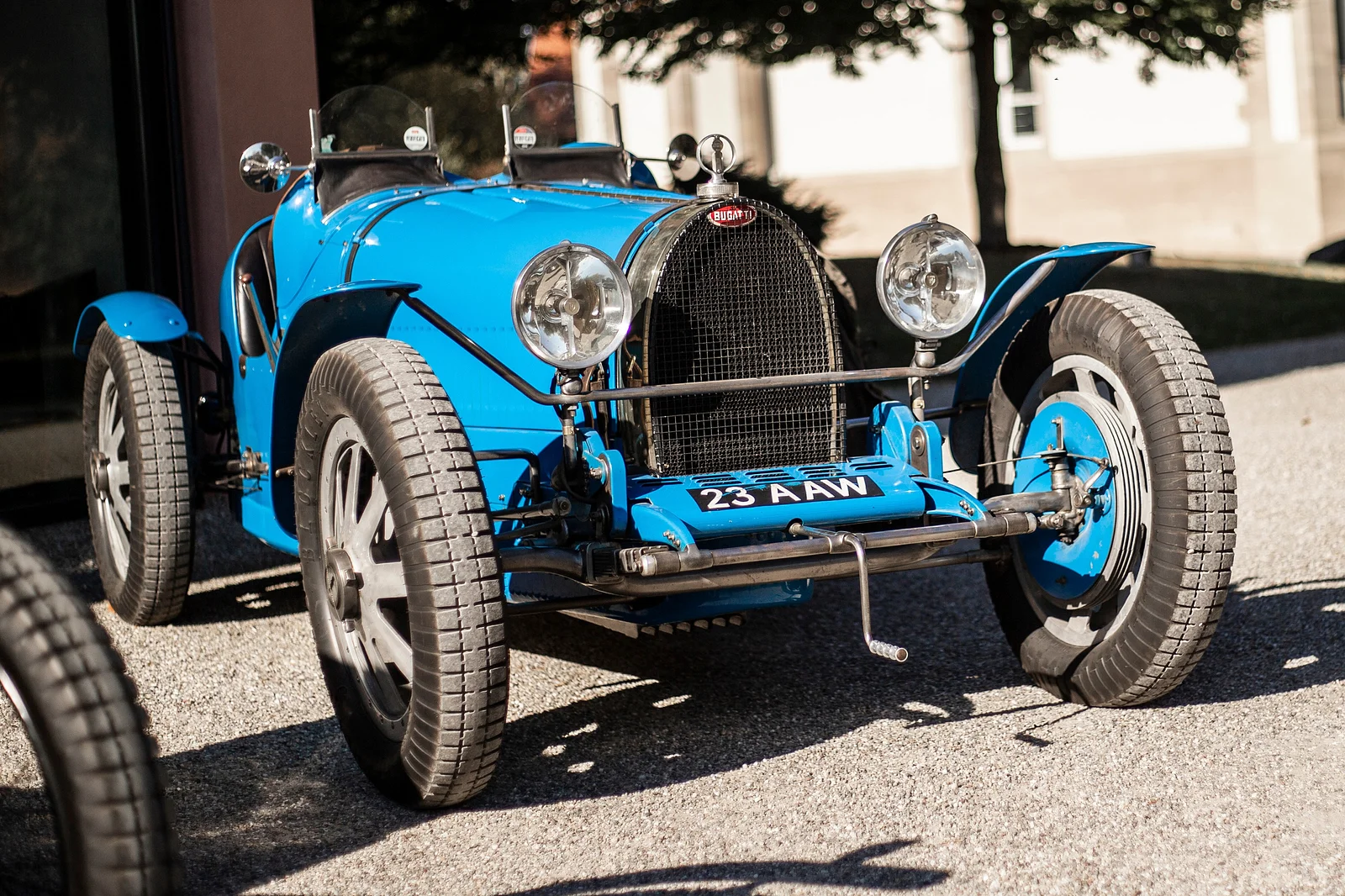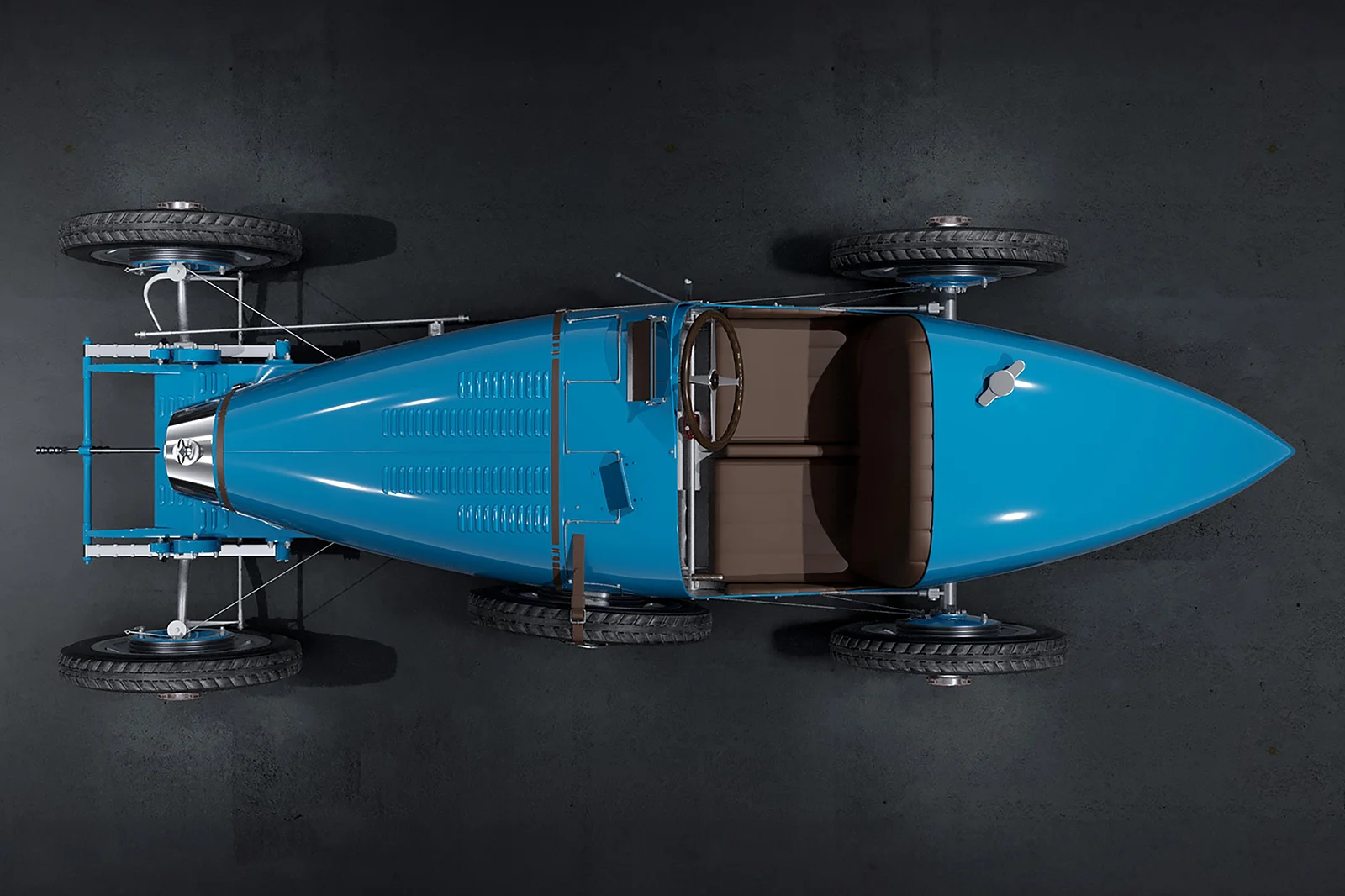The Bugatti Type 35 Set New Standards 100 Years Ago

In 2024, Bugatti marks the centennial anniversary of its legendary Type 35. Unveiled in 1924, it became an instant icon, dominating races with its exceptional performance, handling, and distinctive design. Ettore Arco Isidoro Bugatti, the founder of the French luxury brand, penned the Type 35 himself.
The Type 35 is one of history's most successful race cars, winning over 1,000 races across eight versions produced. Louis Chiron's Grand Prix wins (yes, that Chiron) were among the Type 35's most iconic accolades, and Molsheim deemed the achievements of this driver in this car good enough to warrant a nod to the past with the name of its Veyron replacement.
Bugatti was born into a family influenced by art and design. Despite (and possibly due to) the lack of training as an engineer, the Type 35 introduced technical innovations that pushed the boundaries of motorsports.
"The Bugatti Type 35 was the world's first purpose-designed and engineered race car. Unlike everything that had gone before, it was not a road car modified for racing, although it also served as a very fine road car," said Luigi Galli, specialist for heritage and certification at Bugatti. "The meticulous approach Ettore Bugatti took to the overall concept - and to every minute detail - resulted in a car that set previously inconceivable standards for design, engineering, materials, handling, and performance. The Bugatti Type 35 gave birth to the Grand Prix era and forced other motor manufacturers to completely rethink their approach."
Among the groundbreaking features of the Type 35 were its alloy wheels, which had less unsprung weight than its contemporaries' wired sets. The car itself was sleek and sat low to the ground, while its rear suspension was hidden to reduce drag.
The Type 35 was class-leading in terms of performance. It had a 2.0-liter in-line eight-cylinder engine at launch. It was eventually supercharged and enlarged to 2.3 liters, enabling up to 89 horsepower and a redline as high as 6,000 rpm, more than enough for the race car's measly 1,653-pound weight, thanks to the lightweight chassis and unconventional rear axle design.
"At its launch in 1924, the Bugatti Type 35 served as a lodestone for the automotive industry, utterly transforming how vehicle design and engineering were perceived," said Galli. "A century later, its impact and allure have not diminished. The Type 35 is central to the marque's DNA, along with the Bugatti Atlantic and the Bugatti Royale. Every automobile that Bugatti builds holds true to the design and engineering values of Ettore Bugatti so exquisitely expressed in the Type 35 one hundred years ago."
You'd be hard-pressed to find a perfectly restored Bugatti Type 35 on sale today - and if you do, they cost millions of dollars. But if you're itching to own one - or at least something with a strong resemblance - Little Car Company sells 75% scale versions called Bugatti Baby II for over only five figures.


Nouvelles connexes
